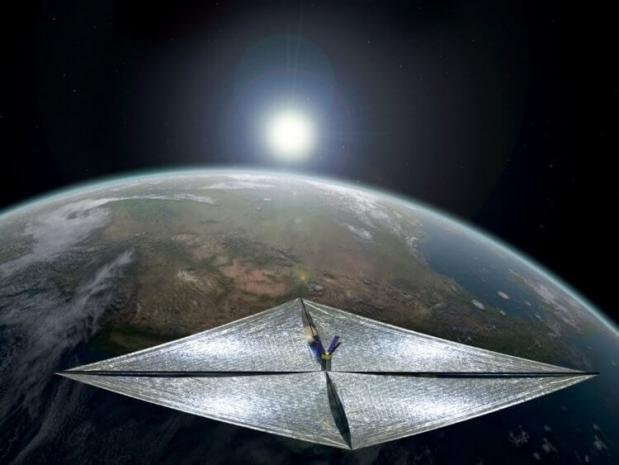
Breaking News
 Elon Tells Rogan the Real Reason Democrats are Prolonging the Government Shutdown [WATCH]
Elon Tells Rogan the Real Reason Democrats are Prolonging the Government Shutdown [WATCH]
 Newsom: Trump Is Trying to Rig the Election -- He Knows GOP Will Lose
Newsom: Trump Is Trying to Rig the Election -- He Knows GOP Will Lose
 There is zero justification for the Department of Justice's silence while the most serious...
There is zero justification for the Department of Justice's silence while the most serious...
 Gabbard Says Trump Has Ended America's Era Of 'Regime Change'
Gabbard Says Trump Has Ended America's Era Of 'Regime Change'
Top Tech News
 Graphene Dream Becomes a Reality as Miracle Material Enters Production for Better Chips, Batteries
Graphene Dream Becomes a Reality as Miracle Material Enters Production for Better Chips, Batteries
 Virtual Fencing May Allow Thousands More Cattle to Be Ranched on Land Rather Than in Barns
Virtual Fencing May Allow Thousands More Cattle to Be Ranched on Land Rather Than in Barns
 Prominent Personalities Sign Letter Seeking Ban On 'Development Of Superintelligence'
Prominent Personalities Sign Letter Seeking Ban On 'Development Of Superintelligence'
 Why 'Mirror Life' Is Causing Some Genetic Scientists To Freak Out
Why 'Mirror Life' Is Causing Some Genetic Scientists To Freak Out
 Retina e-paper promises screens 'visually indistinguishable from reality'
Retina e-paper promises screens 'visually indistinguishable from reality'
 Scientists baffled as interstellar visitor appears to reverse thrust before vanishing behind the sun
Scientists baffled as interstellar visitor appears to reverse thrust before vanishing behind the sun
 Future of Satellite of Direct to Cellphone
Future of Satellite of Direct to Cellphone
 Amazon goes nuclear with new modular reactor plant
Amazon goes nuclear with new modular reactor plant
 China Is Making 800-Mile EV Batteries. Here's Why America Can't Have Them
China Is Making 800-Mile EV Batteries. Here's Why America Can't Have Them
Getting to the Gravitational Lens in 8.5 to 15 Years

This velocity is 20 times more than Voyager 1. The technology enables reaching Jupiter in 5 months, Neptune in 10, surpassing Voyager 1 in 2.5 years and getting to the solar gravity lens location in just 8.5 years.
Metal sails that can survive a 5 solar radii pass of the sun would be able to go at 40AU per year. These systems could reach the solar gravity lens (600 AU) in about 15 years. Two-meter telescopes at the gravitational lens would be able to image megapixel resolution images of exoplanets.
Artur Davoyan works with Turyshev. Turyshev has the NIAC study on gravitational lens missions. Turyshev has proposed launching telescopes to the solar gravitational lens starting in 2028. If the materials that are can handle more heat and do not absorb as much heat can be used for solar sails, then they could reach the lens in 2037-2043.
Roccor LLC has a grant to develop 1000 to 10,000 square meter solar sails. They are developing composite trussed trac (T-Trac) boom systems. The original Trac will be flight validated on the upcoming near earth asteroid scout mission. T-TRAC has a triangular cross-section. Roccor holds an exclusive license for the Flexible Unfurlable and Refurlable Lightweight (FURL) solar sail developed and tested by the Air Force Research Laboratory.

 China Innovates: Transforming Sand into Paper
China Innovates: Transforming Sand into Paper

